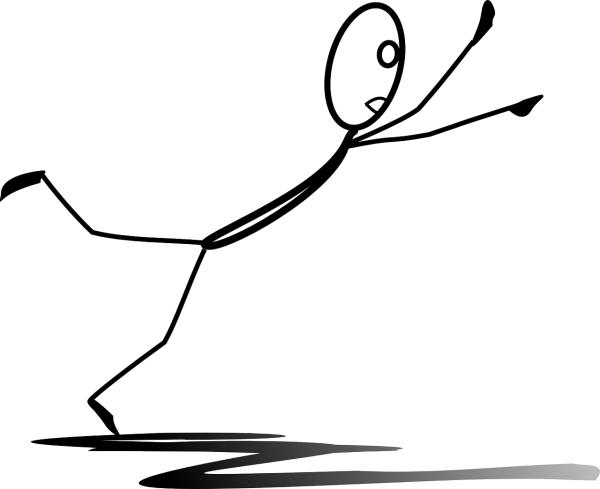Falling while hospitalized can result in unanticipated injuries, especially among those most inclined to fall, the elderly – breaking a hip is a big deal. Not only health-wise but in additional medical costs estimated to be roughly $13,000 on top of the spending for what brought you to the hospital. The good news is that reducing fall risk by screening all hospitalized patients for risk factors and more intense monitoring of those “at-risk” has paid off. The risk has declined significantly since the 2000s. That said, a current number is hard to identify, but it is roughly one fall for 1000 patient days. [1] More importantly, at least 30% of those falls might be prevented.
Once identified, hospitals can employ a variety of “preventative” measures, including:
- Sitters- individuals who sit with “at-risk” patients
- More intense rounding by the nursing staff to check in on those patients
- Environmental changes – think no-skid flooring
- Physical restraints – a rarely employed modality given its emotional and legal concerns
- Alarms
- Non-skid socks
In general, given fiscal constraints, alarms and non-skid socks are a big favorite. Alarms are pressure sensors in beds and chairs that indicate a patient is now “up and about.” Anyone who has spent any time in the hospital, as a patient or family, knows that there is a cacophony of beds going off, and rarely are they attended to. Non-skid socks sound appealing, but there is little clinical evidence beyond the manufacturer's word that they prevent falls.
Enter the smart sock
This new “wearable,” a device worn by an individual, like an Apple watch, embeds the pressure sensor in the sock – so you know the patient is on the move. But here is the difference. The sensor has a bit of GPS location sense and will automatically notify the three closest nurses. When the nurse enters the room, the alarm shuts off. If no nurse arrives in the first minute, it automatically notifies the three next closest nurses; at 90 seconds, it notifies them all.
The reported study was a prospective study of all consecutive at-risk patients at one hospital's neurology and neurosurgical units. Let’s get the big problem with the study out of the way. It was designed to involve 2500 patients to be sufficiently “powered” to identify a benefit. Because of COVID, the study involved roughly 600 patients, so p-values are off the table.
That being said, they found that the smart socks reduced the risk of falls to 1 per 1000 patient days, a nearly 4-fold reduction from “historical” norms.
In general, one difficulty with hospital alarms is the incidence of “false alarms” – crying wolf is often the explanation for why so many hospital alarms are ignored. 0.02% of the warnings from the smart socks did not correlate with a patient standing up, so few cries of wolf. Of greater interest was the median response time by a nurse was 24 seconds, with a range of 5 to 64 seconds. I would suggest that these findings, together, help explain the diminished fall rate. This is especially true given that most falls occur 106 seconds after the patient gets up – a response time of a minute is well within the range of prevention.
The socks had another advantage; they provided a report to the nurse managers indicating not only the number of alarms over the course of the day but which were the “problematic” patients and how long nurses took to respond. There was helpful feedback so that the response times might be improved if necessary and more attention could be paid to the most at-risk of the at-risk population.
Do we need a more extensive study to demonstrate efficacy? Yes. Is this a promising approach? Absolutely, especially given its low rate of false alarms and its ability to target the calls to the closest nurses and provide feedback to improve performance. This is a great application of digital technology; it enhances a nurse's ability, it does not replace them, and it builds into rather than disrupting the current care workflow.
[1] Calculated by the (number of falls/number of occupied beds) X 1000
Source: Fall Prevention With the Smart Socks System Reduces Hospital Fall Rates Journal of Nursing Care Quality DOI: 10.1097/NCQ.0000000000000653




